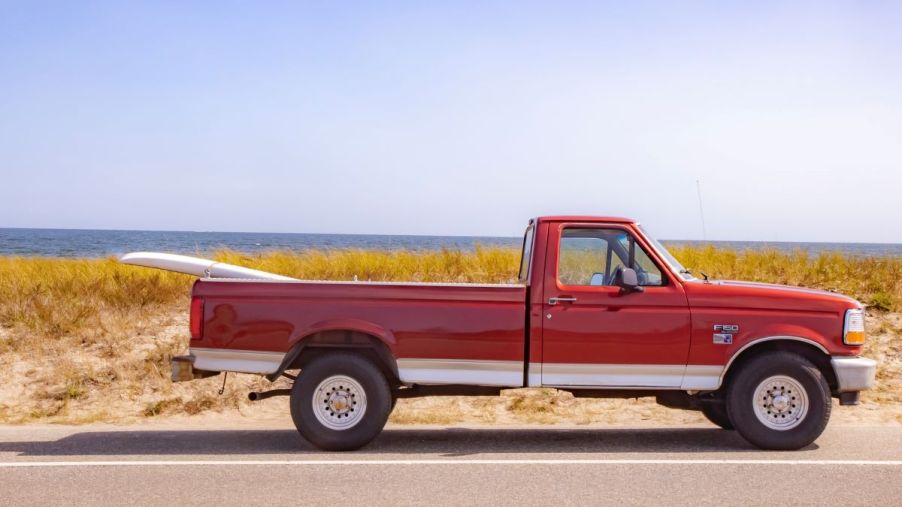
What Does 150, 1500, or 2500 Mean on a Truck?
Ford makes the F-150. Ram calls theirs the 1500. GMC makes the Sierra 1500, and Chevy makes the Silverado 1500. Why do all the manufacturers of full-size pickup trucks use these numbers? Why are some a 250? Or 350, while others are a 2500?
It’s about the payload capacity
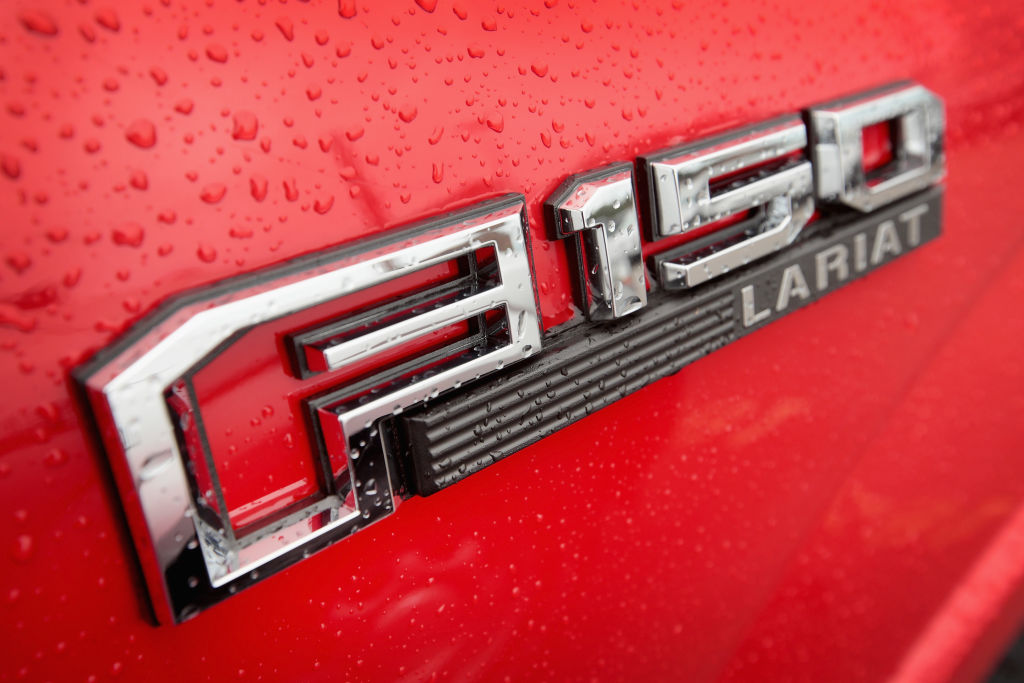
Manufacturers used to classify their trucks by their payload capacity.
There were three sizes: The half-ton, or 1,000-pounds payload, the three-quarter ton or 1,500 pounds of payload, and the one-ton, or 2,000 pounds of payload.
Today the numbers don’t really mean that. The 1500 is the “half-ton” size. The 2500 is the “three-quarter ton.” The 3,500 is the “one ton”
For 30 years, the F-100, C10 and D100 were standard trucks that could carry 1,000 pounds of stuff in the bed.
In the 1980s as most truck owners wanted to haul more, the 1500 size became the most popular, thus most trucks were named “1500” or “150.” That’s why the F-150 is the F-150, it could carry about 1,500 pounds of payload.
Heavy duty trucks that have larger payload capacities have a 2500 or a 3500 in their name to denote that they can carry more. Today, the 2500 or 250 is heavy duty, and can carry more than 3,500 pounds. The 350 or 3500 trucks can carry over 5,000 pounds. The names, though, are vestiges of the 1950s.
Payload and towing are tow different things, but you do need more payload capacity for a heavier trailer.
Ford started the naming trend that stuck
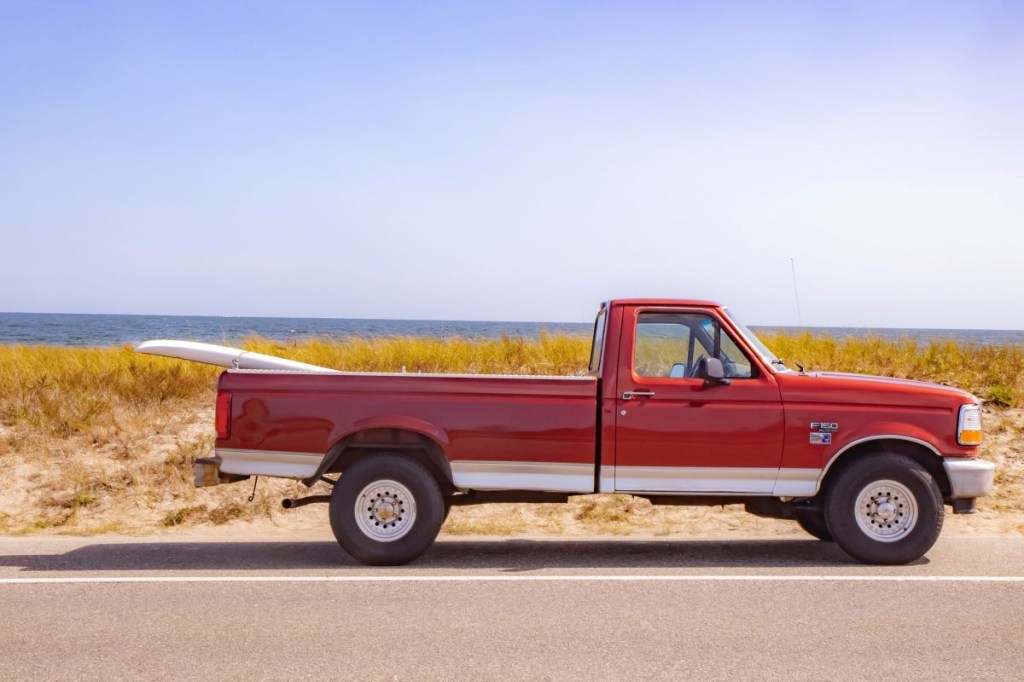
After World War II, Ford started the trend. Fords in the 1950s were labeled F-1 or F-2, all the way up to F-8. The F-1 was the half-ton, or 1,000-pound payload, truck. The F-7 and F-8 Big Job trucks could hold up to an astonishing 22,000 pounds.
Then, in 1953, the F-1 became the F100, which lasted until 1983. By the 1980s truck buyers were demanding more and the F-150 became the standard full-size, truck we know today, that could carry 1,500-pounds.
The 2022 F-150, however, has a payload of more than 1,500 pounds. A new F-150 can hold 1,745 to 2,238 pounds in the bed.
Chevy used a C or a K, and a number, instead
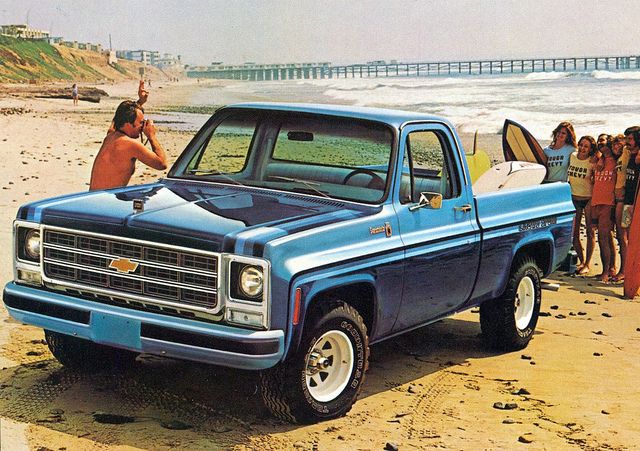
Beginning in 1959 Chevrolet launched the C/K series of trucks that continued for three generations. Until 2002 the C or K meant “truck” in Chevy-speak. C was the designation for two-wheel-drive. K was a four-wheel-drive truck. Just to make it confusing, the C10 was a half-ton, while the C20 was a three-quarter ton.
In the Chevy world, a C10, for example, was a two-wheel-drive, half-ton truck with two-wheel drive. A K20 was a three-quarter ton truck with four-wheel-drive.
Today, a Silverado 1500 or its corporate brother the GMC Sierra can hold between 1,750 to 2,280 pounds in the bed.
Dodge used a D, or a C, or an MD or called it a Power Wagon
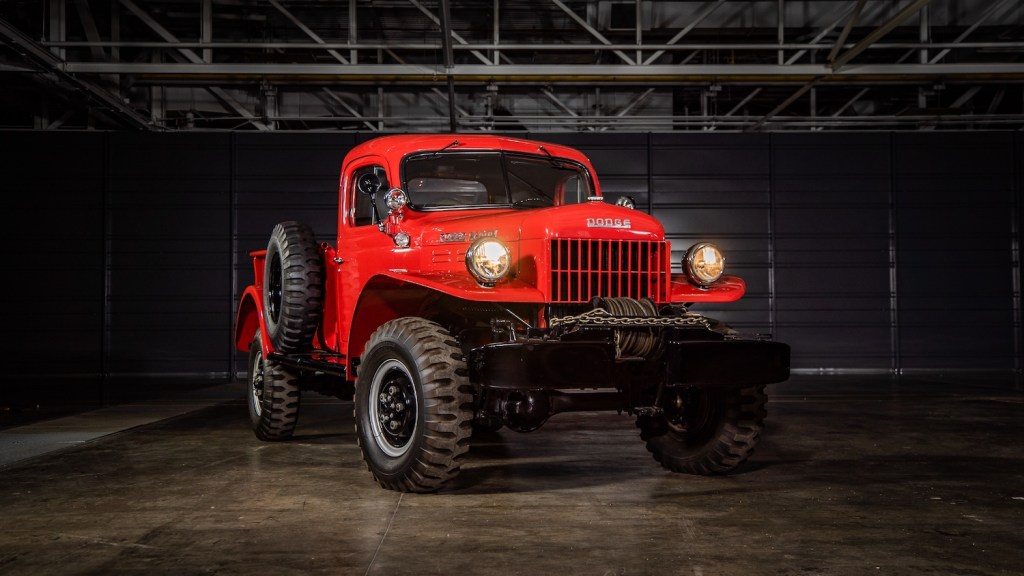
Ram trucks were once Dodges, but Dodges went through a lot of naming conventions and sub-brands. Dodge used a similar nomenclature, with the D100 being its half-ton truck, and the D200 being its three-quarter ton. In the 1980s Dodge made the Ram (and Power Ram) D50 that had a 1,500-pound payload capacity. The original Power Wagon was a half-ton or three-quarter ton truck in the 1950s.
Today’s Ram 1500 can hold from 1,225 to 2,300 pounds in the bed.
Ram uses a whole different set of numbers in different countries, but with the same meanings. The Ram 700 truck that is sold in South America, for example, can hold 700 kilograms in the bed and the Ram 1000 can hold 1,000 kilograms.
However Dodge doesn’t always stick to the same rules as the others. For example when the SRT-10 truck came out, it didn’t mean 5-ton, it meant 10-cylinders because that truck had the Viper’s V-10 engine.
RELATED: 4 New Heavy-Duty Pickup Trucks with the Highest Payload


